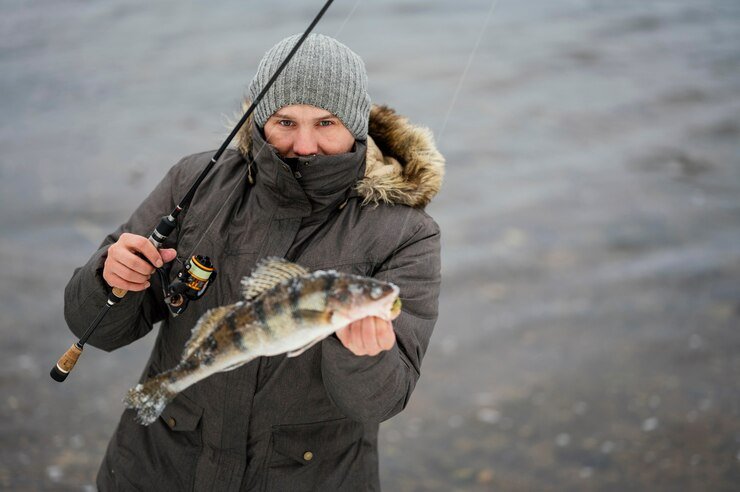Introduction
Fiskning, a term rooted in Scandinavian culture, translates to “fishing” in English. However, it signifies more than just the act of catching fish. It encompasses a rich tradition, a connection to nature, and a way of life that has been passed down through generations. In this article, we delve into the essence of fiskning, exploring its history, cultural significance, and modern practices.
Historical Background
The origins of fiskning date back thousands of years, with evidence of fishing activities found in archaeological sites across Scandinavia. Ancient Norse societies relied heavily on fishing for sustenance, trading, and even religious ceremonies. The coastal and freshwater environments of the region provided abundant resources, making fishing an integral part of daily life.
Traditional fishing techniques varied depending on the region and the type of water body. In coastal areas, methods like netting, harpooning, and line fishing were common. Inland, in lakes and rivers, people employed traps and weirs to capture fish. These techniques not only reflected the ingenuity of early Scandinavian communities but also their deep understanding of aquatic ecosystems.
Cultural Significance
Fiskning holds a special place in Scandinavian culture, symbolizing a harmonious relationship with nature. It is celebrated in folklore, literature, and art, often depicted as a noble pursuit requiring skill, patience, and respect for the environment. Many traditional festivals and rituals revolve around fishing, highlighting its importance in communal life.
One such festival is Midsummer, where fishing plays a central role in the festivities. Communities gather by the water, engaging in fishing competitions, storytelling, and feasting on the catch of the day. This celebration reinforces the bond between people and nature, reminding participants of their heritage and the sustenance provided by the waters.
Modern Practices
While traditional methods of fiskning are still practiced, modern technology has also made its mark. Today, anglers use advanced equipment such as sonar fish finders, high-tech rods and reels, and specialized lures. These innovations have made fishing more accessible and efficient, attracting a new generation of enthusiasts.
Recreational fishing has become a popular pastime, with many people seeking solace and recreation in nature. In Scandinavia, the concept of “friluftsliv” (open-air living) is deeply ingrained in the culture, encouraging outdoor activities like fishing. It offers a respite from the fast-paced modern world, allowing individuals to reconnect with nature and find inner peace.
Sustainable fishing practices are also gaining traction, with increased awareness of the need to protect aquatic ecosystems. Catch-and-release fishing, responsible harvesting, and conservation efforts are promoted to ensure the longevity of fish populations and the preservation of natural habitats.
Conclusion
Fiskning, rooted in ancient traditions and evolving with modern practices, remains a cherished aspect of Scandinavian culture. It embodies a deep respect for nature, a sense of community, and a way of life that transcends generations. Whether through traditional techniques or modern innovations, the art of fishing continues to be a source of sustenance, recreation, and cultural pride.











